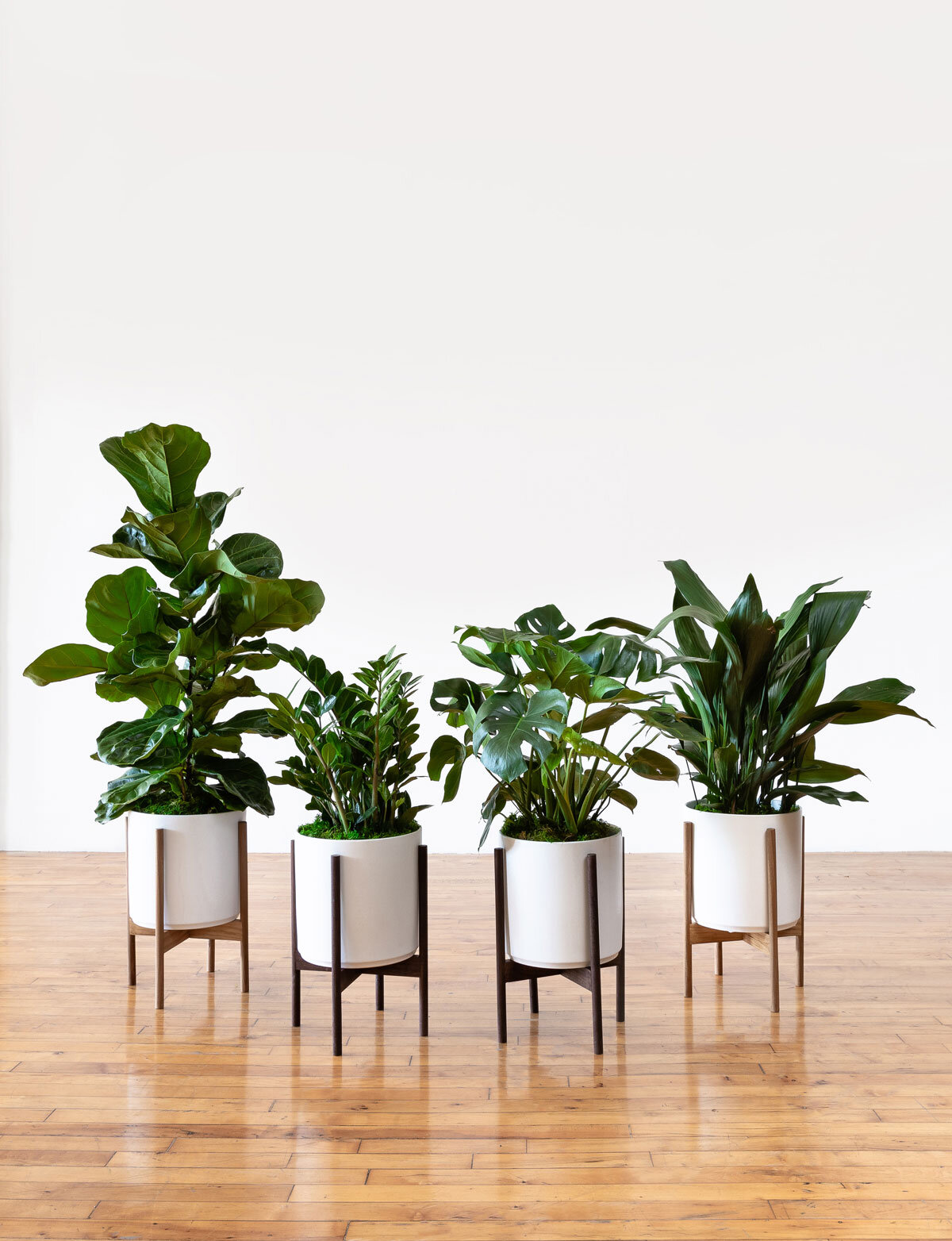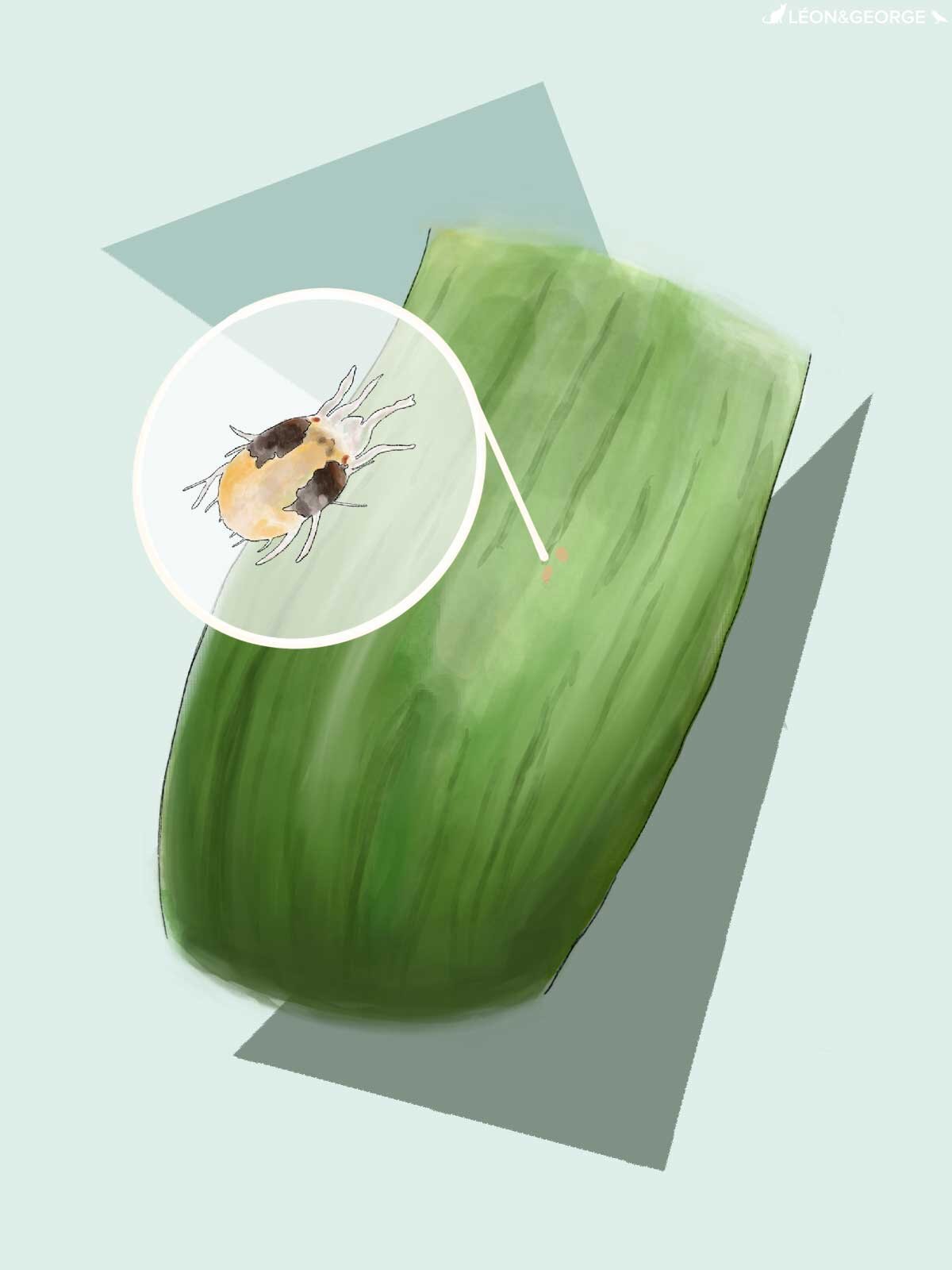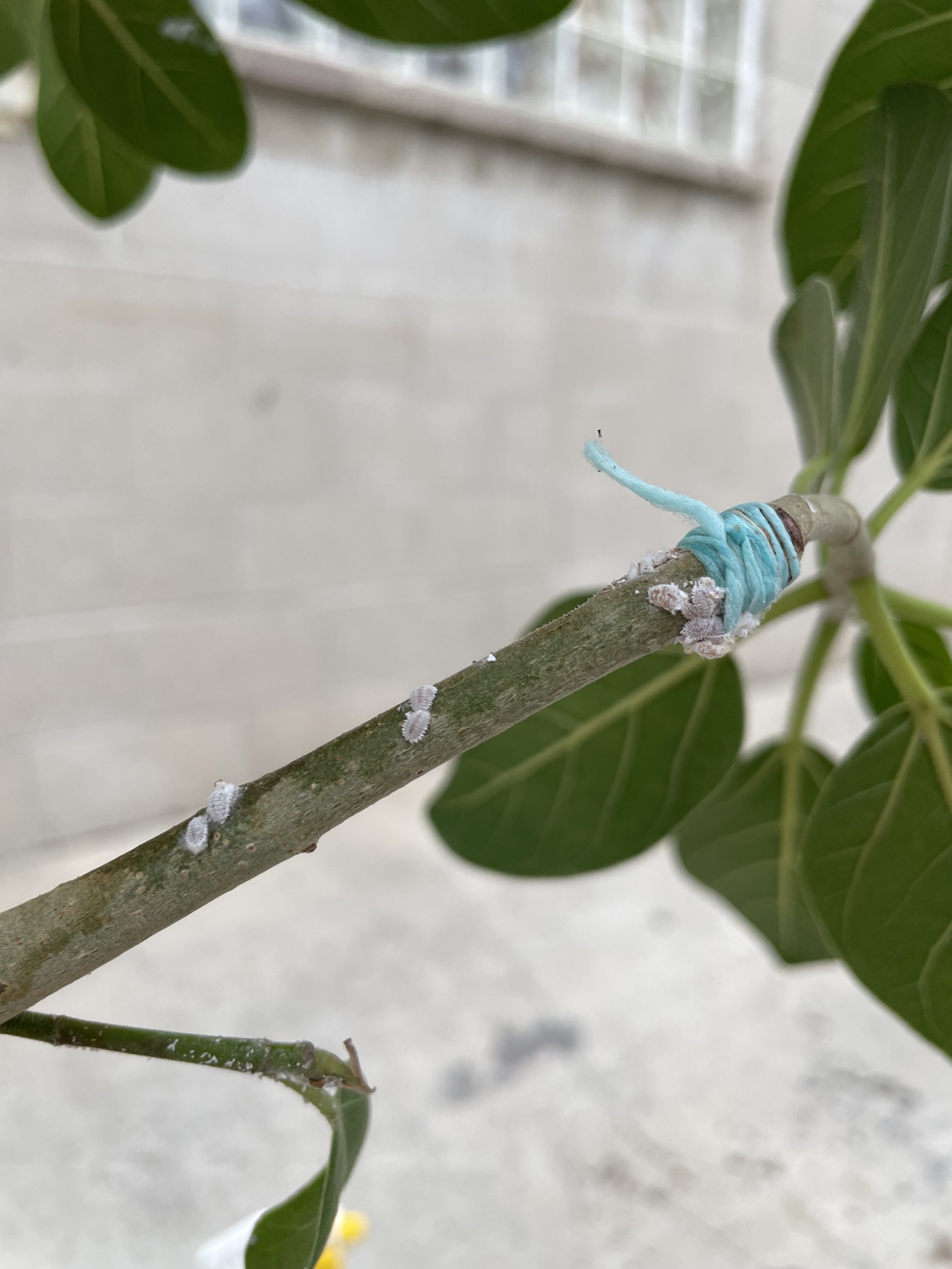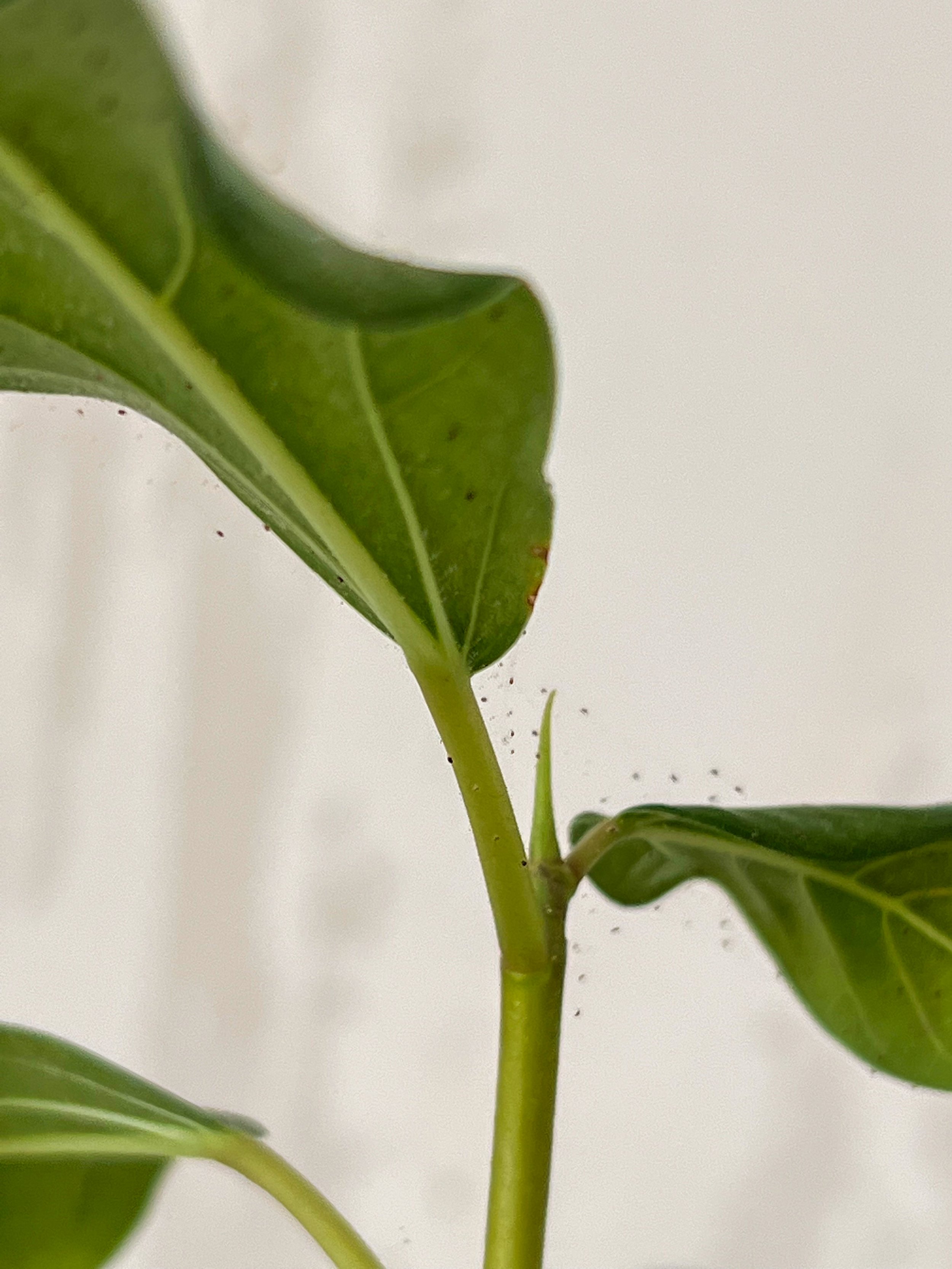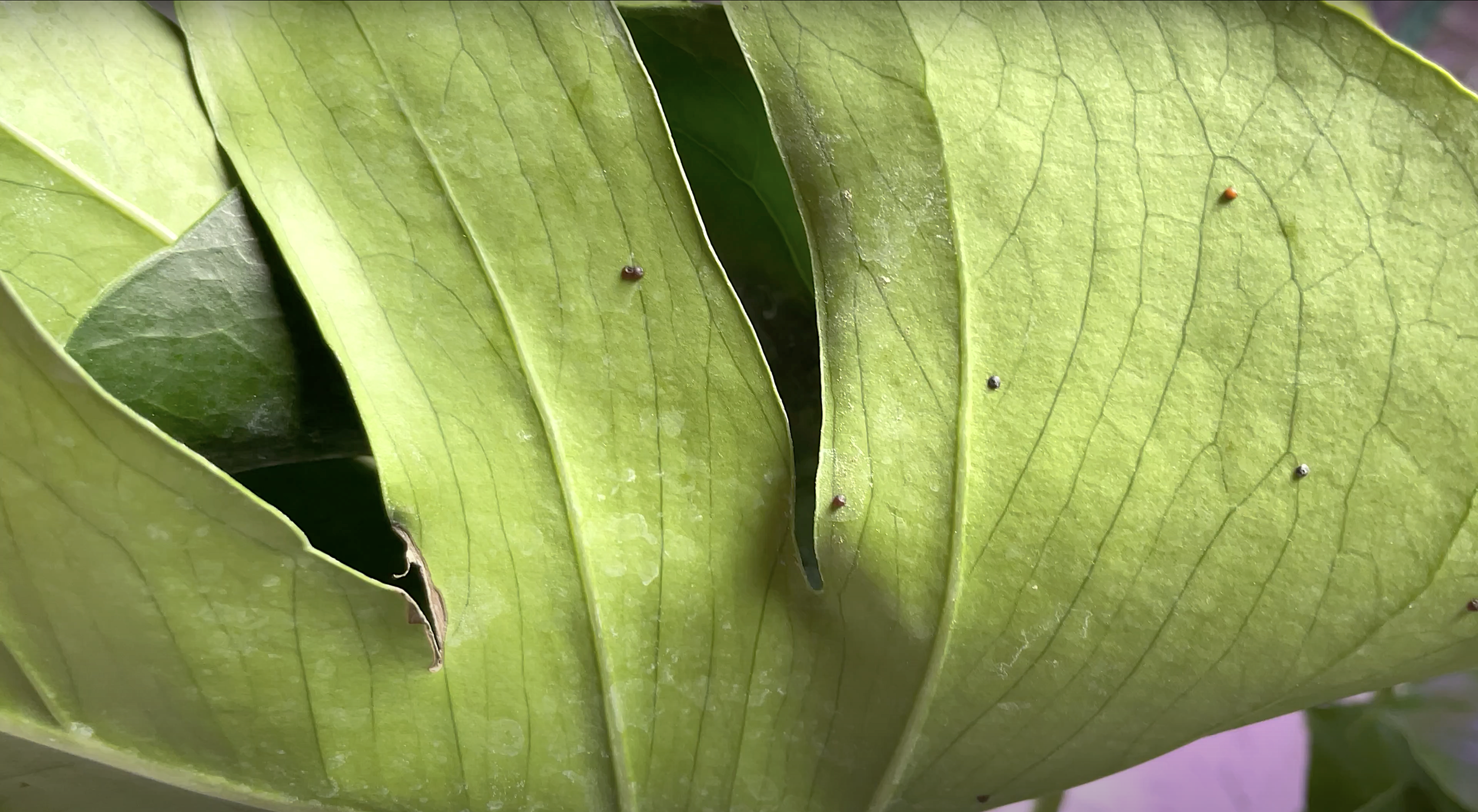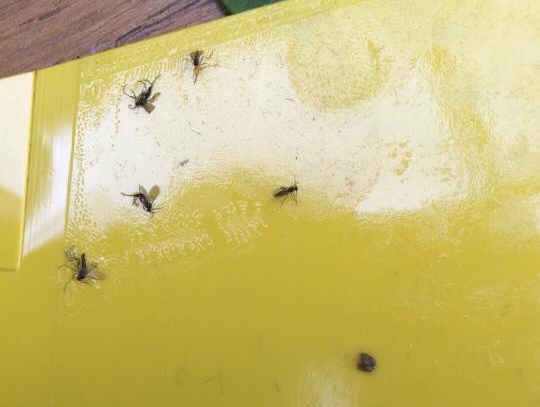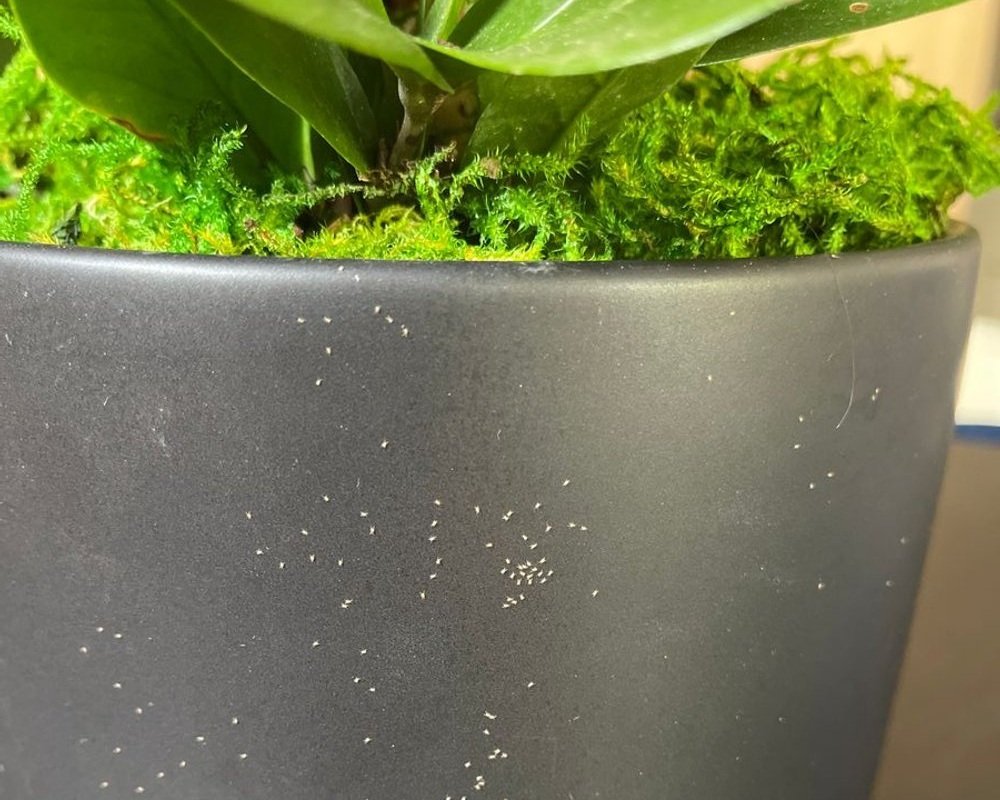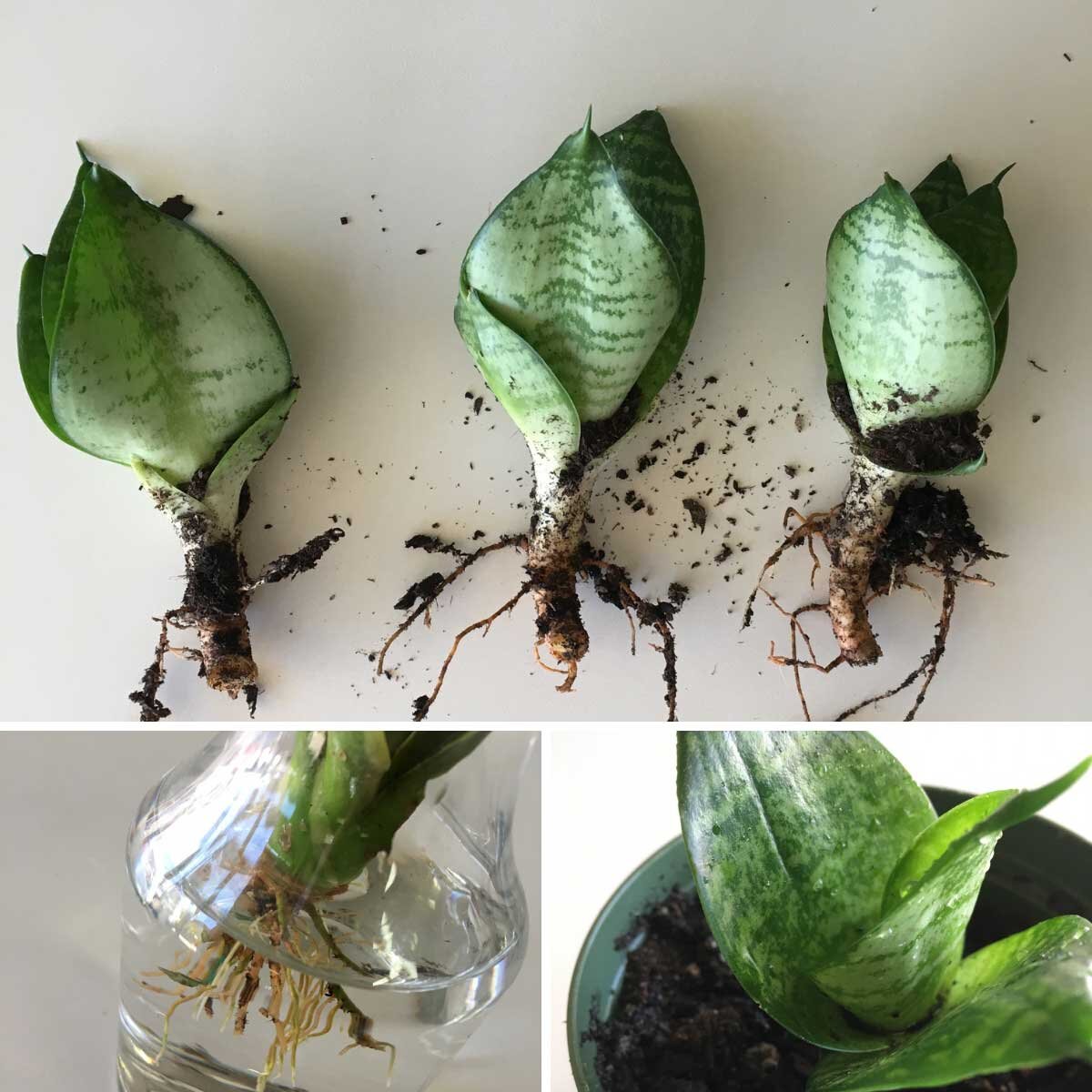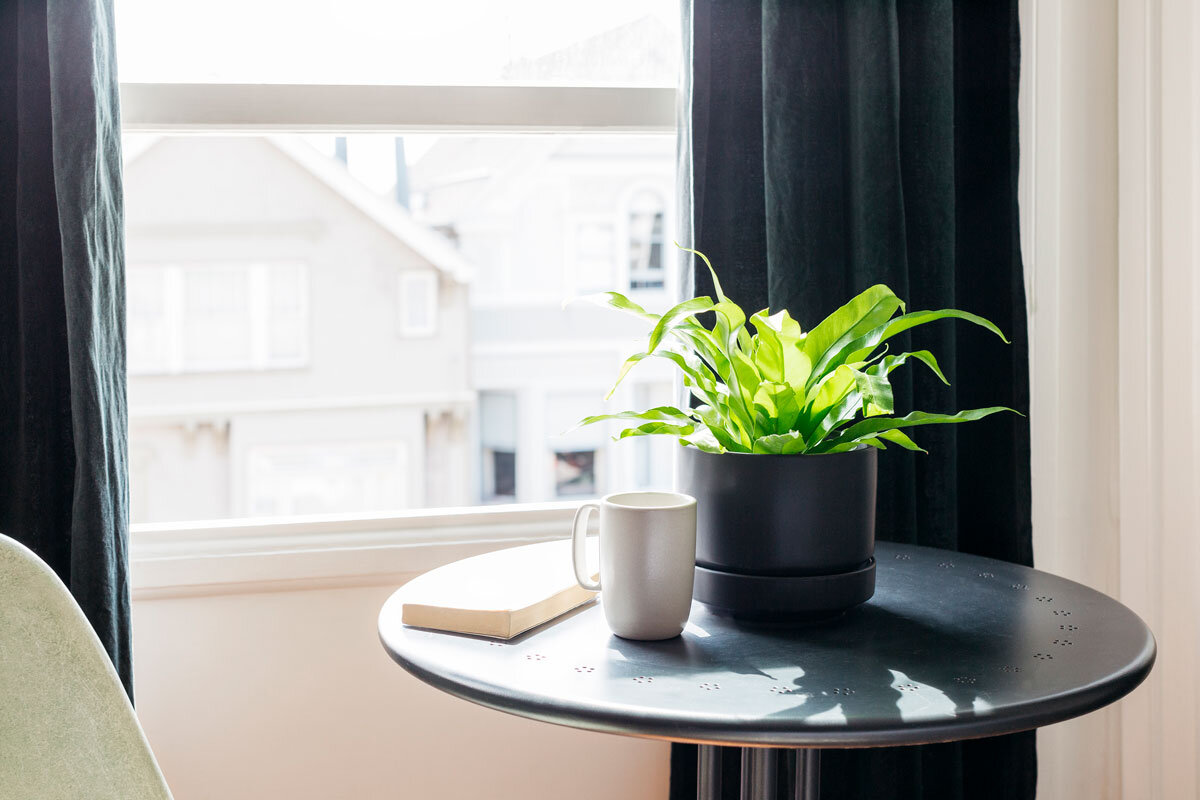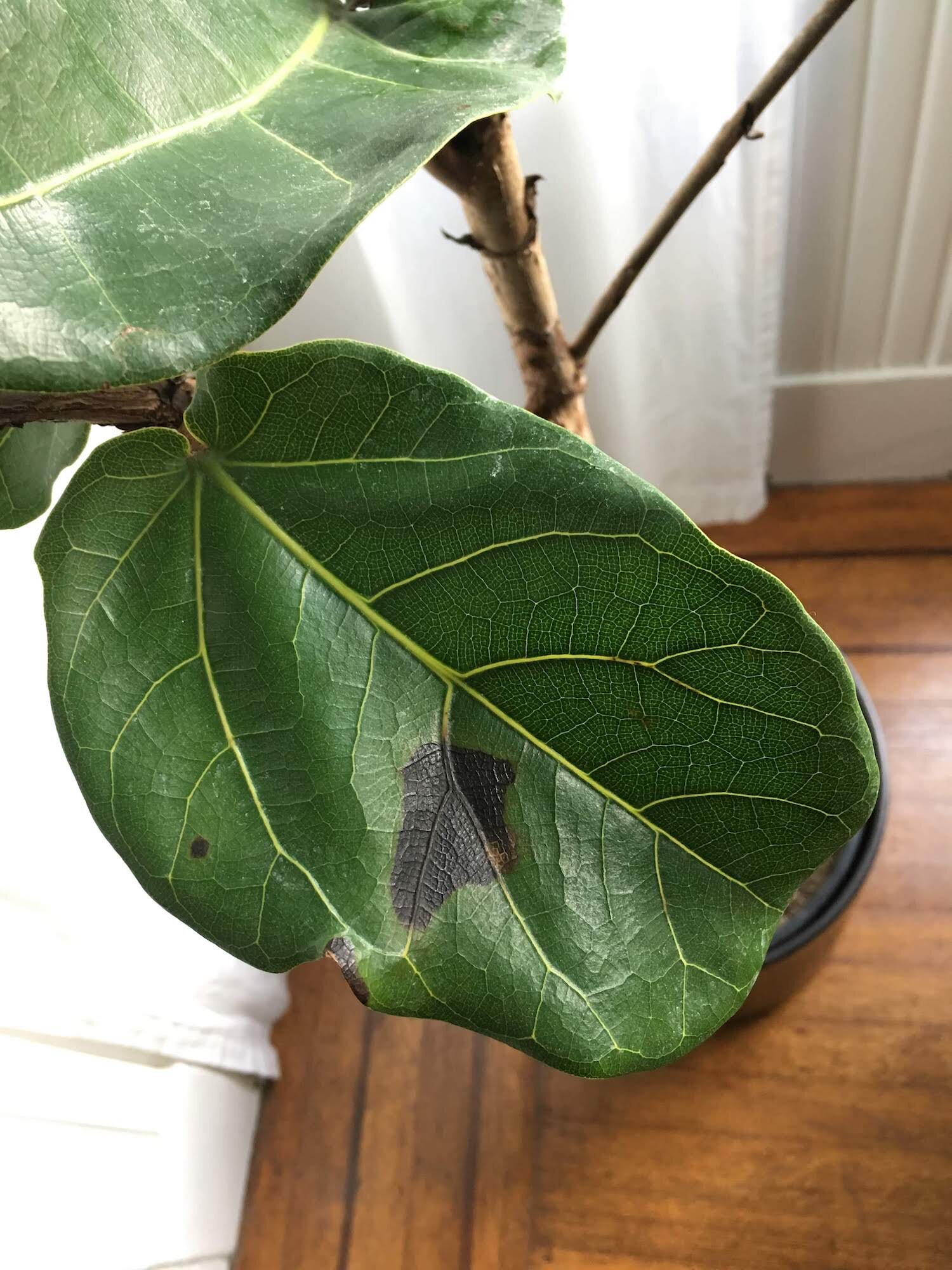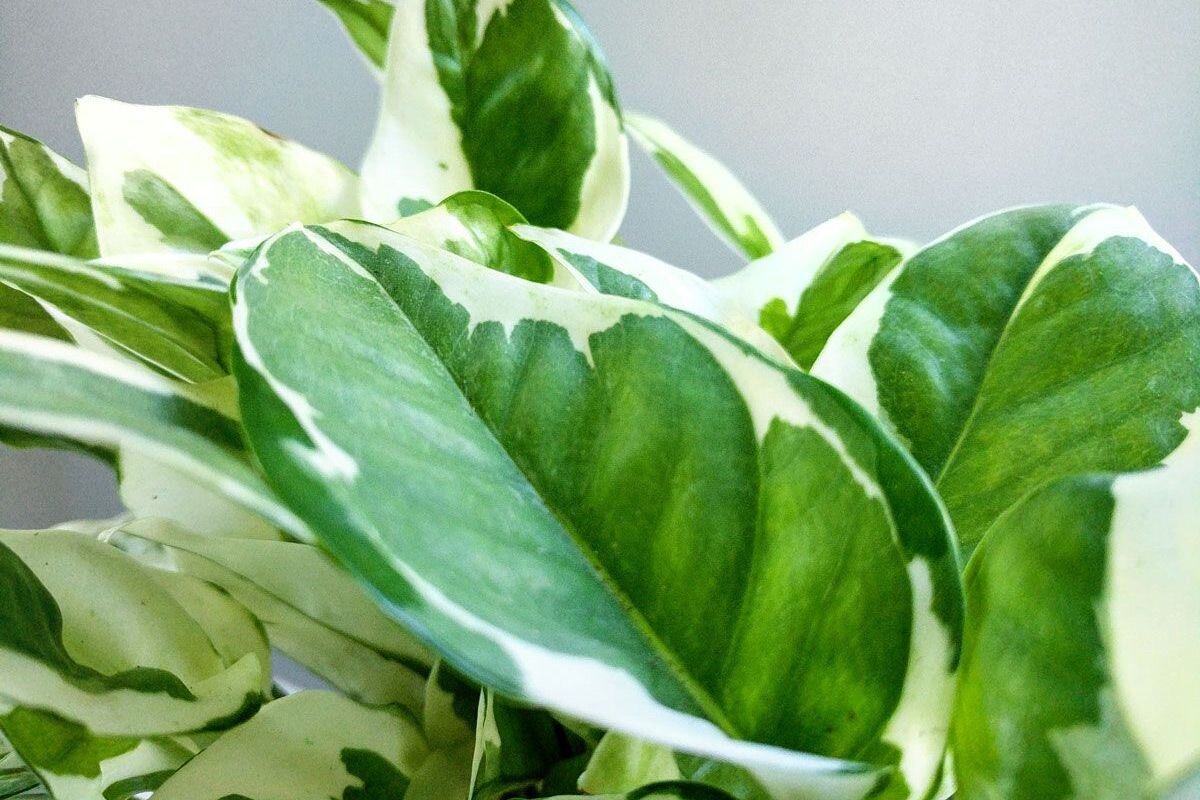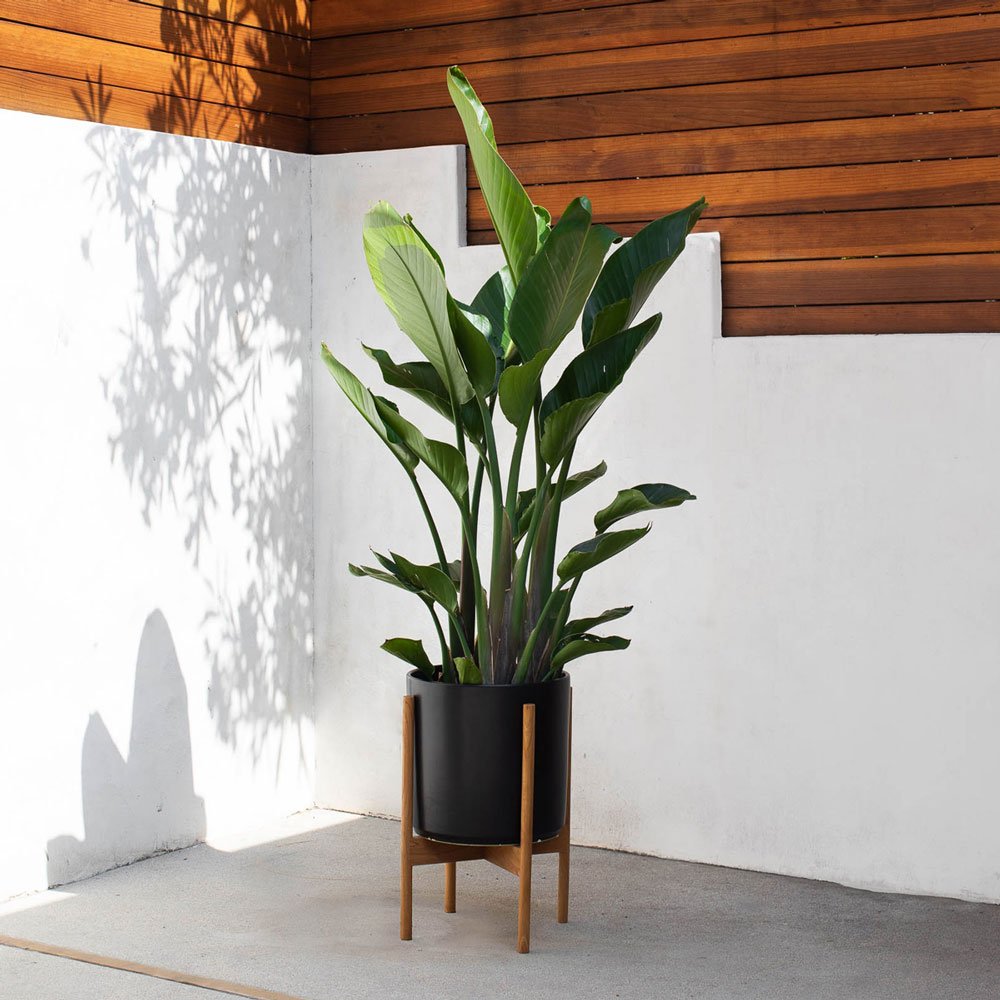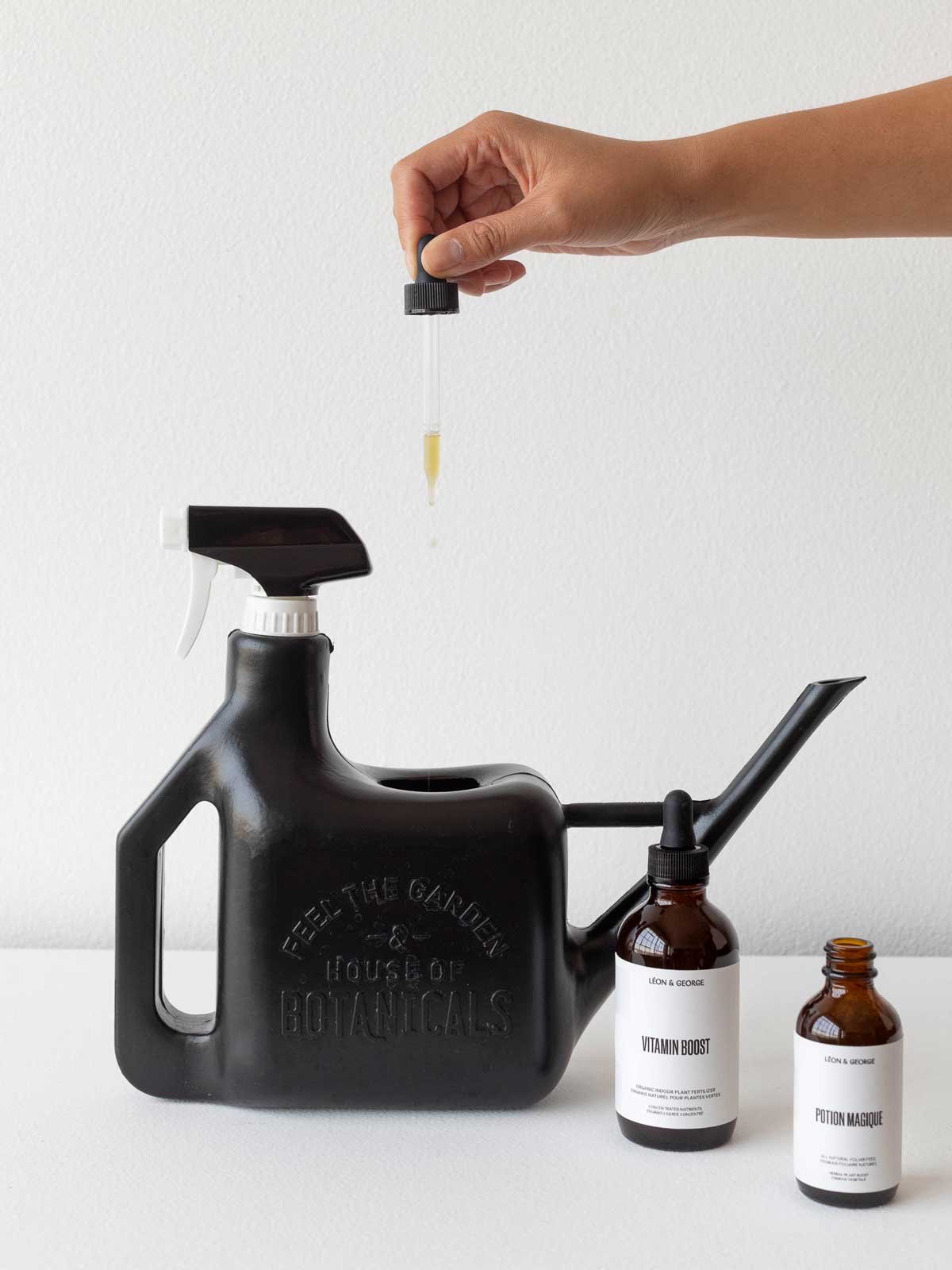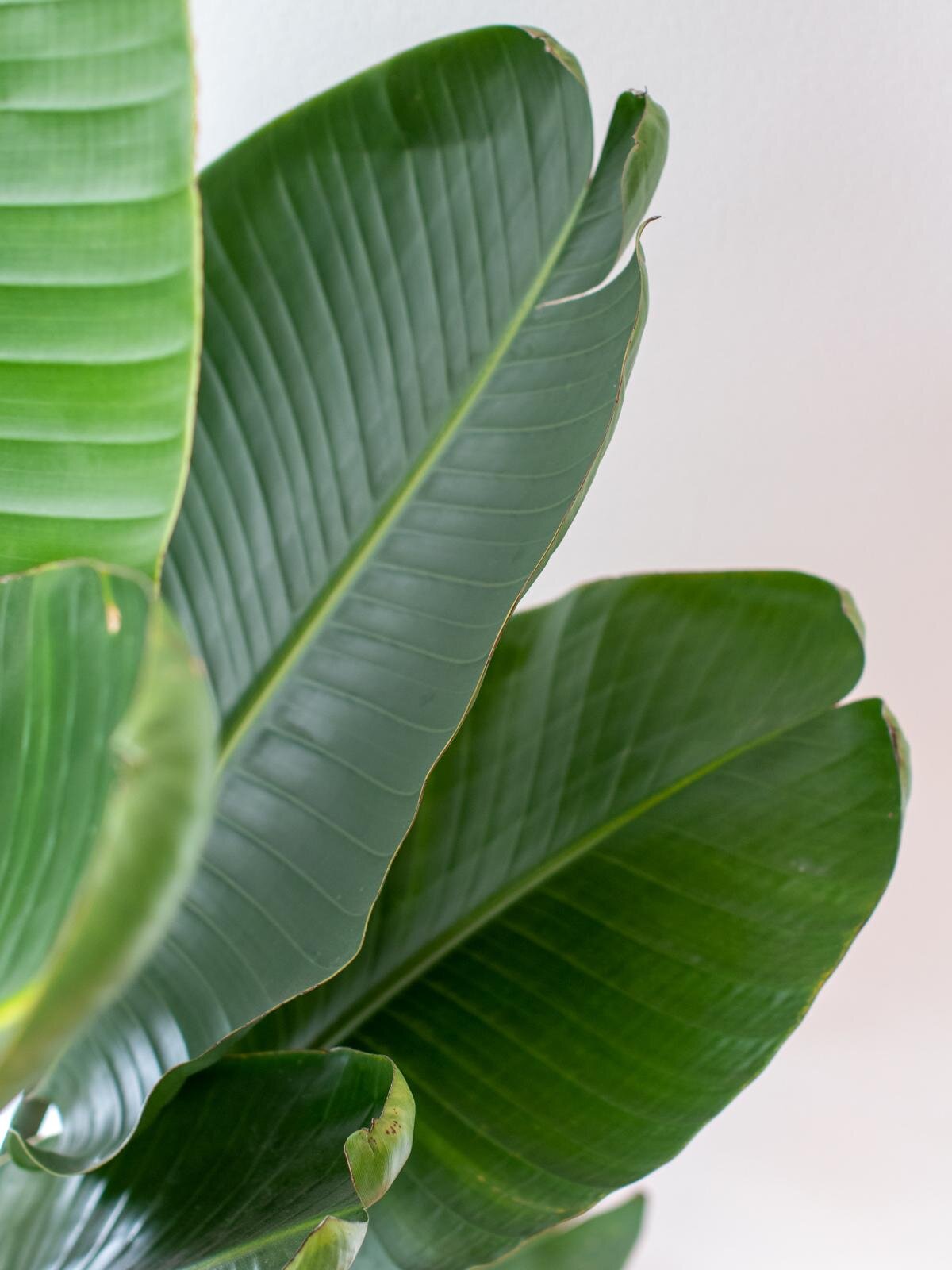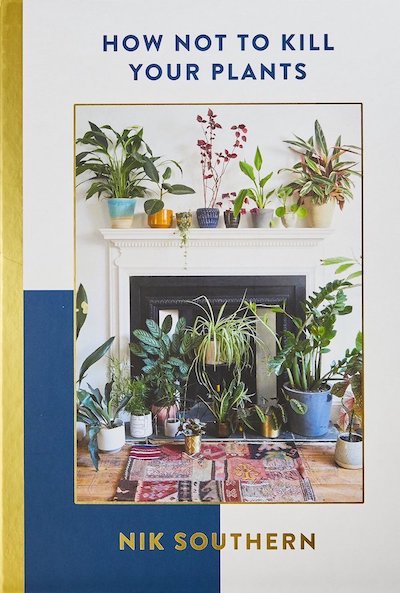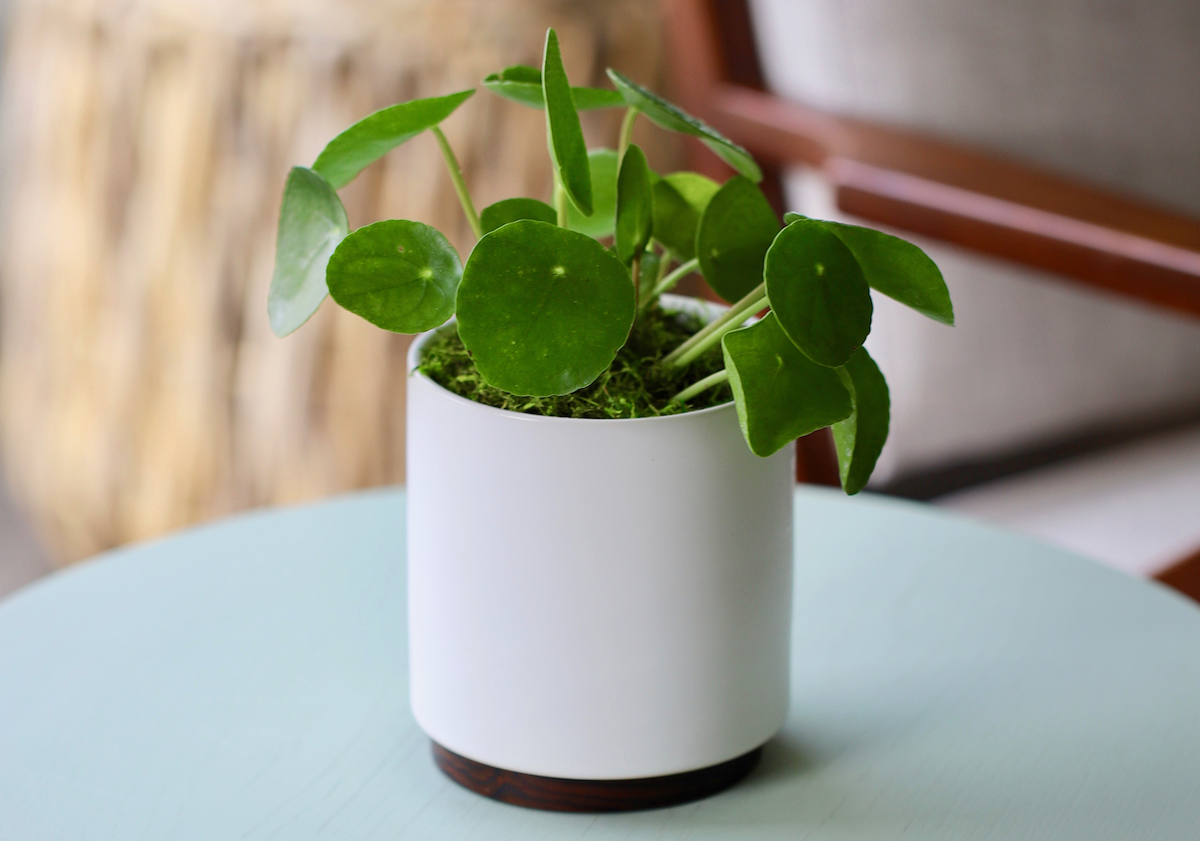The orchid's beauty is found in its simple and graceful charm, and of course, unmistakable vibrant flowers.
With their exotic allure and delicate blooms, Orchids have captured the hearts of plant enthusiasts and novices around the world. Despite their reputation, many Orchid varieties can actually be very low-maintenance and highly adaptable to different environments.
To ensure your Orchid flourishes and graces your space with its captivating beauty for years to come, follow our 10 simple commandments of general Orchid care, but don’t forget: Orchids are one of the most diverse plant families in the world, so make sure to look into your specific variety and any notable care requirements it may have!
Don’t Overlook the Lighting
Adequate lighting is vital for the well-being of an orchid, as it fuels the plant's growth, influences its blooming cycle, and ensures its overall health and vitality.
Generally speaking, Orchids are light-loving plants but prefer indirect light to avoid scorching their leaves. There are many different types of Orchids and it’s best to know the exact variety of yours and follow light requirements accordingly, as some Orchids are pickier in this regard. As a general rule of thumb, place them near a window with filtered sunlight or use sheer curtains to create a diffused light environment, and avoid direct exposure to intense midday sun, as it can damage the leaves. While some Orchids can easily adapt to medium and even low light conditions such as offices or retail settings, make sure your variety is suitable to this type of environment before placing it there!
Create a Humid Haven
Most orchids originate from tropical regions and thrive with humid conditions. In fact, even Orchids that have adapted to live in the desert prefer some humidity. Mist your orchids regularly, especially during dry seasons or in air-conditioned environments. Alternatively, you can place them on a humidity tray filled with water or use a humidifier to maintain adequate moisture levels.
Keep Things Cozy
Like many tropical plants, Orchids can be sensitive to temperature fluctuations. Keep them away from drafts and air vents, and avoid sudden temperature changes. Most orchids prefer temperatures between 60-80 degrees Fahrenheit (16-27 degrees Celsius) during the day, with a slight drop at night. They can handle extreme heat or cold if periods in these conditions are brief.
Do not Forget to Feed Your Orchid!
Orchids have unique nutritional needs, and do best when fertilized regularly throughout the year. Though it depends on the exact brand of fertilizer you’re using, fertilizing twice a month during peak growing season (spring and summer) and once a month during fall and winter is advised.
If you’re looking for a good fertilizer for your Orchid, we recommend this Orchid food by Houseplant Resource Center, a comfortable spray that is specifically formulated for Orchids.
Water Your Orchid Wisely
Orchids like a fine balance between moisture and dryness. Depending on the environment your plant lives in, it may need watering more or less frequently. We recommend starting once a week, giving your Orchid a thorough watering, and checking the soil to see if it’s still moist before watering again.
About 70% of Orchids are epiphytes, which means they grow on other plants rather than in soil. That’s why it is crucial to ensure your Orchid has proper drainage, and to never let it soak in water for various days.
Easy Care Flowering Plants by Léon & George
Beautifully potted flowering plants for indoors, paired with high-quality ceramic planters. Lifetime Plant Doctor access included.
Trim and Prune with Care
Pruning is an essential aspect of orchid care, but generally speaking, it’s best to take a delicate approach and never prune away too much of your orchid at one time.
Remove any dead, yellowing, or damaged leaves and spent flower spikes using clean, sterilized tools to prevent the spread of diseases. Pruning encourages new growth and helps maintain the overall health and appearance of your orchid.
Are you ready to prune your orchid? Read this full guide which explains how to prune different types of orchids.
Keep an Eye Out for Pests
Orchids are susceptible to various pests, such as aphids, scale insects, and mealybugs. Regularly inspect your orchids for signs of infestation, including sticky residue, webbing, or distorted leaves. Treat any pest problems promptly– we suggested using Super Neem Oil to naturally treat an orchid with pests. Additionally, be vigilant for signs of diseases like fungal or bacterial infections and take necessary action to prevent their spread.
Remember that keeping your plant clean is the pest form of prevention! Use L’Original black olive soap, specifically designed to clean plants, to regularly wipe away dust and other build up on your orchid.
Repot Your Orchid Only When Necessary
Orchids require occasional repotting to ensure healthy root growth and provide fresh growing medium. Repot your orchids when you notice overcrowded or deteriorating roots, or every 1-2 years as a general rule. Use a well-draining orchid potting mix and provide adequate support for your plant.
Pro tip: Many orchids are sold in small plastic containers that do not have drainage. If you purchase an orchid in one of these pots or containers, be sure to immediately pot it into something with proper drainage, as this is key to keeping your orchid happy and healthy over time.
Introduce Companions to Your Orchid
Consider grouping your orchids with other plants that have similar light and humidity requirements. This creates a microclimate that enhances moisture levels and helps maintain stable conditions. Orchids also benefit from the increased humidity created by neighboring plants.
Be Patient with Your Orchid!
Growing orchids can be a rewarding yet challenging endeavor, and even more so getting them to flower multiple times throughout the year. Each orchid variety has unique care requirements, and it may take time and experimentation to find the perfect balance. Be patient, observe your plants closely, and adjust your care routine accordingly. Remember, the journey of caring for orchids is as beautiful as the flowers themselves!
Photos by @gaellemarcel and @nosova
Designed to Thrive
Premium plants, potted and delivered, plus lifetime access to 24/7 Plant Doctor support.
(if the article is about a specific plant we sell, change this block content/link to that specific product)




